Blog </>
Abdulkader Safi web and mobile application development blogs
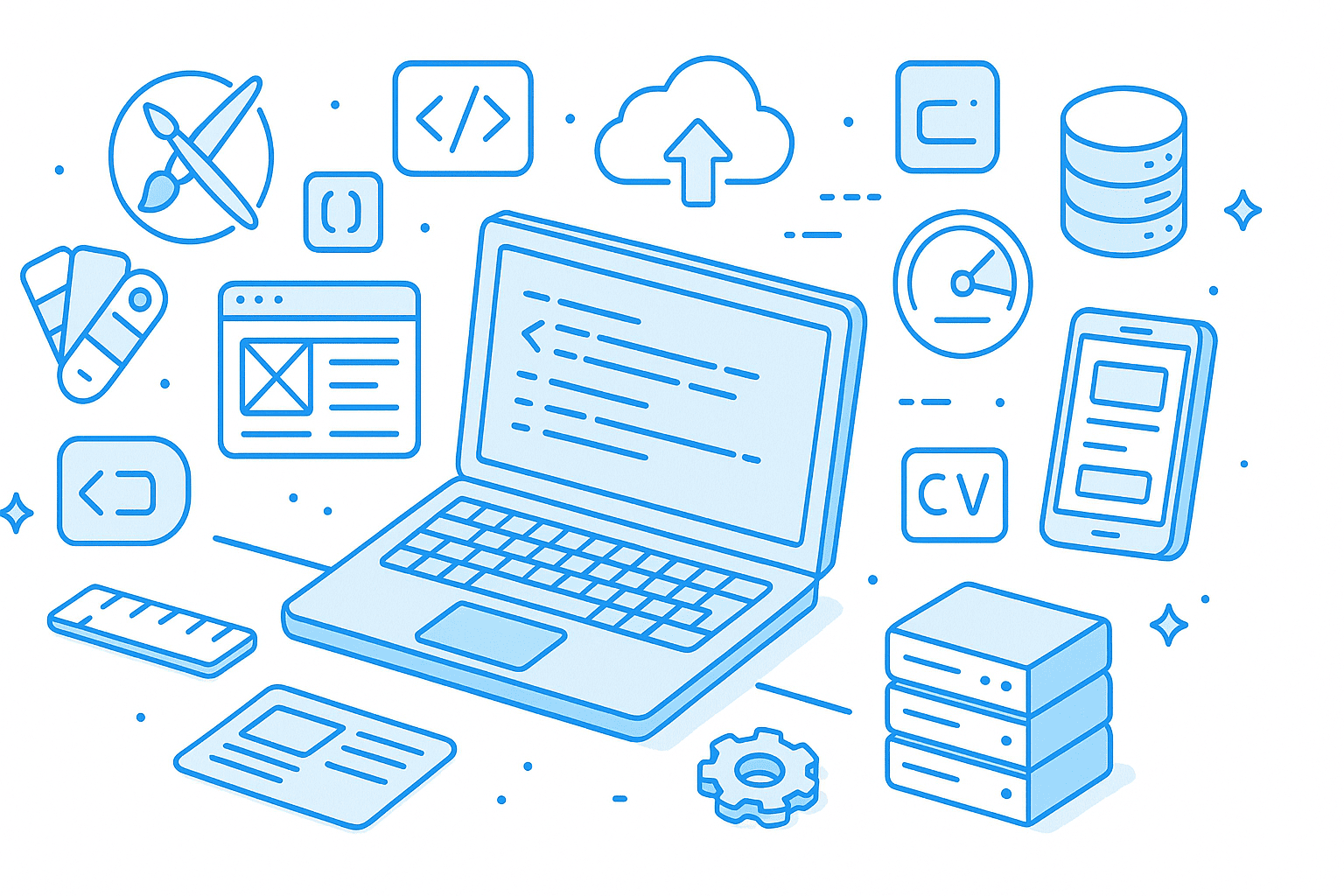
The Toolkit of a Full-Stack Developer: My Essential Tools
Being a full-stack developer means wearing many hats—developer, designer, tester, optimizer, and sometimes even sysadmin. To stay effective and deliver high-quality projects on time, I’ve built a toolkit that streamlines every step of my workflow, from coding and design to hosting and optimization.
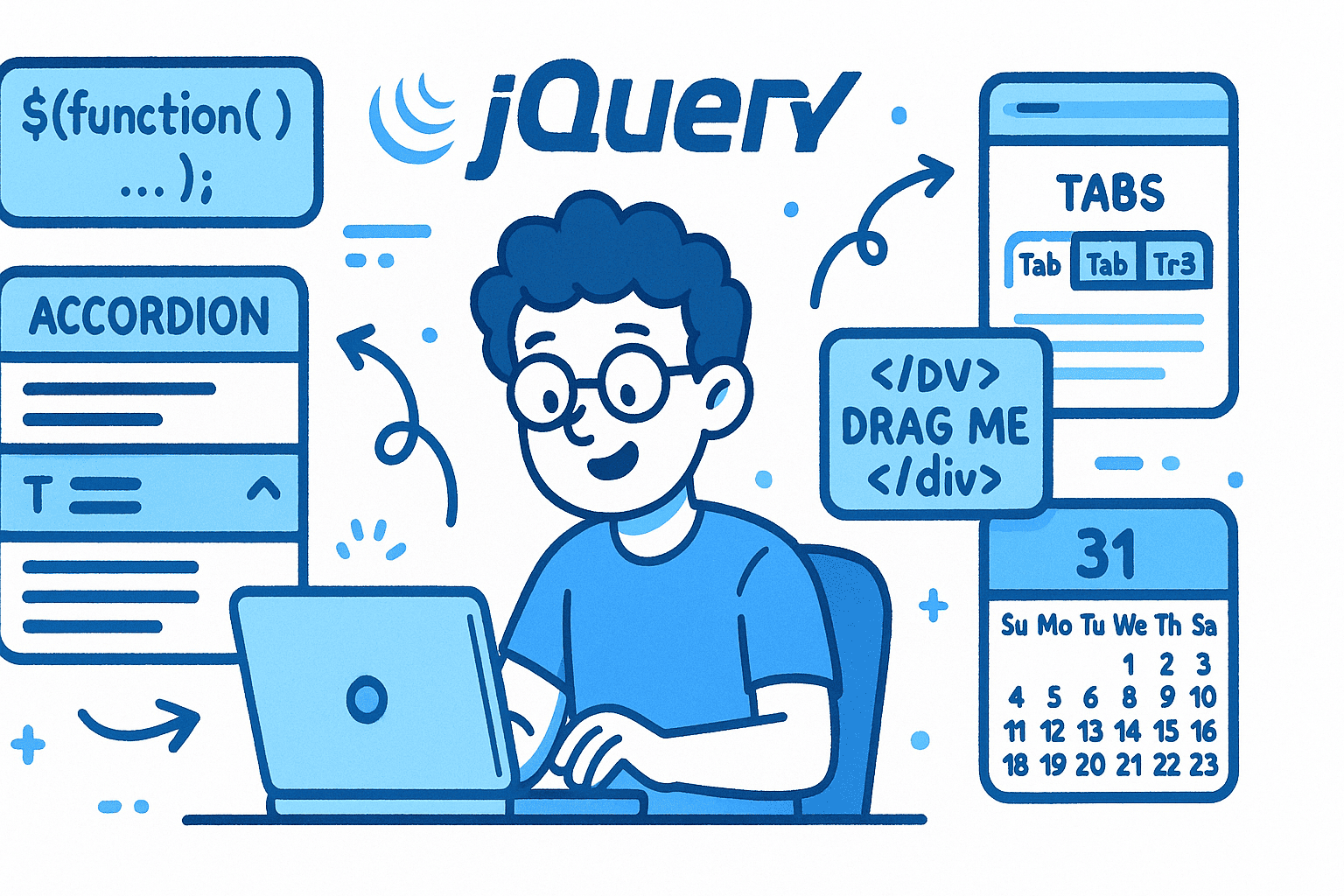
jQuery Crash Course (Part 3): jQuery UI with Vite
Now in Part 3, we’ll focus on jQuery UI, a collection of ready-to-use interactive widgets and effects. You’ll learn how to install it in a Vite project, initialize components, and customize them with CSS.
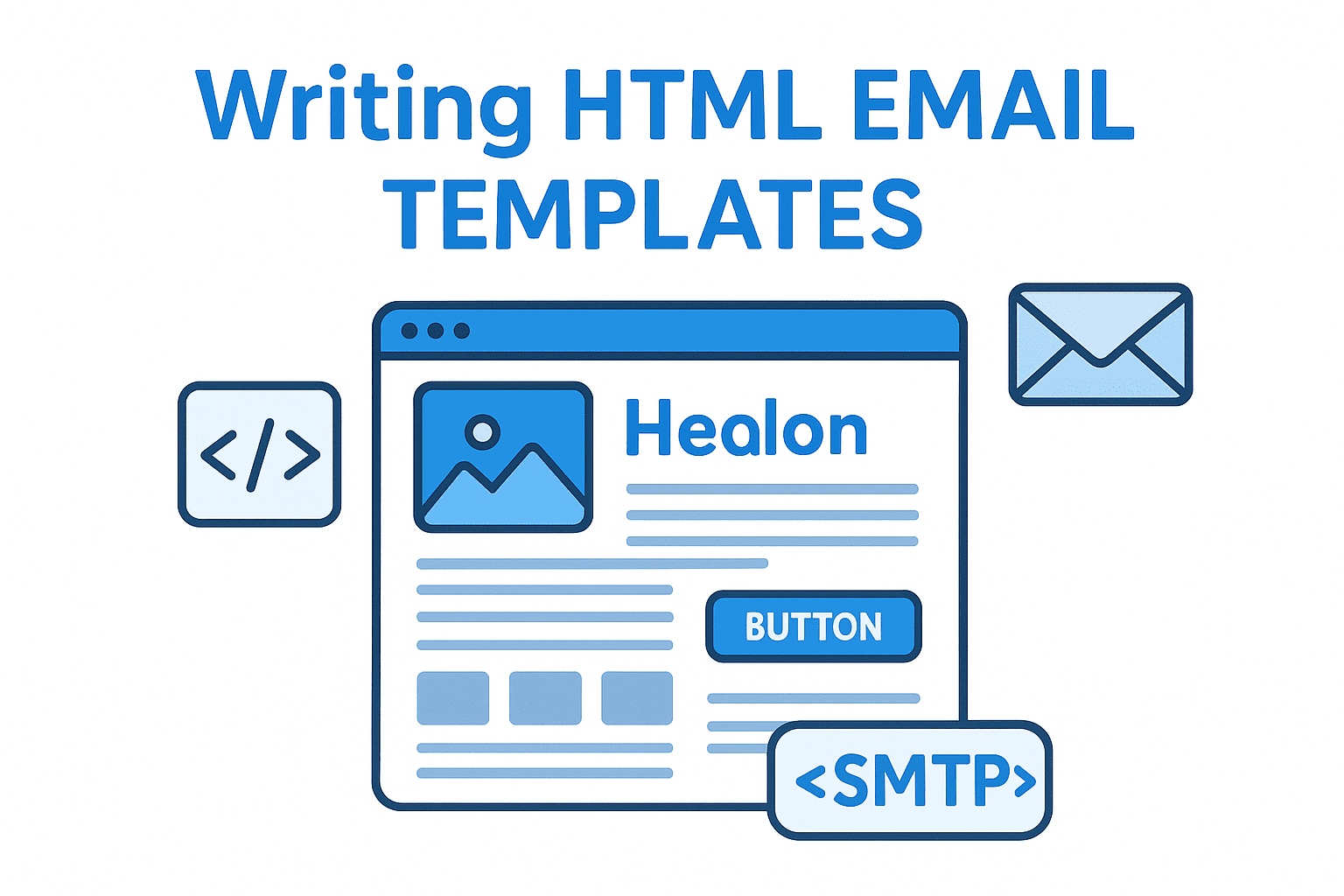
Crash Course: Writing HTML Email Templates Developers Can Send via SMTP
Email is one of the most effective communication channels, but writing HTML email templates is tricky. Unlike the web, where CSS grids and flexbox reign supreme, email design is still stuck in the land of **<table>** layouts, inline CSS, and weird client quirks. This post is a crash course for developers who want to build and send HTML emails directly from code (via SMTP) in .NET, Node.js, or PHP, with lots of ready-to-use layouts.
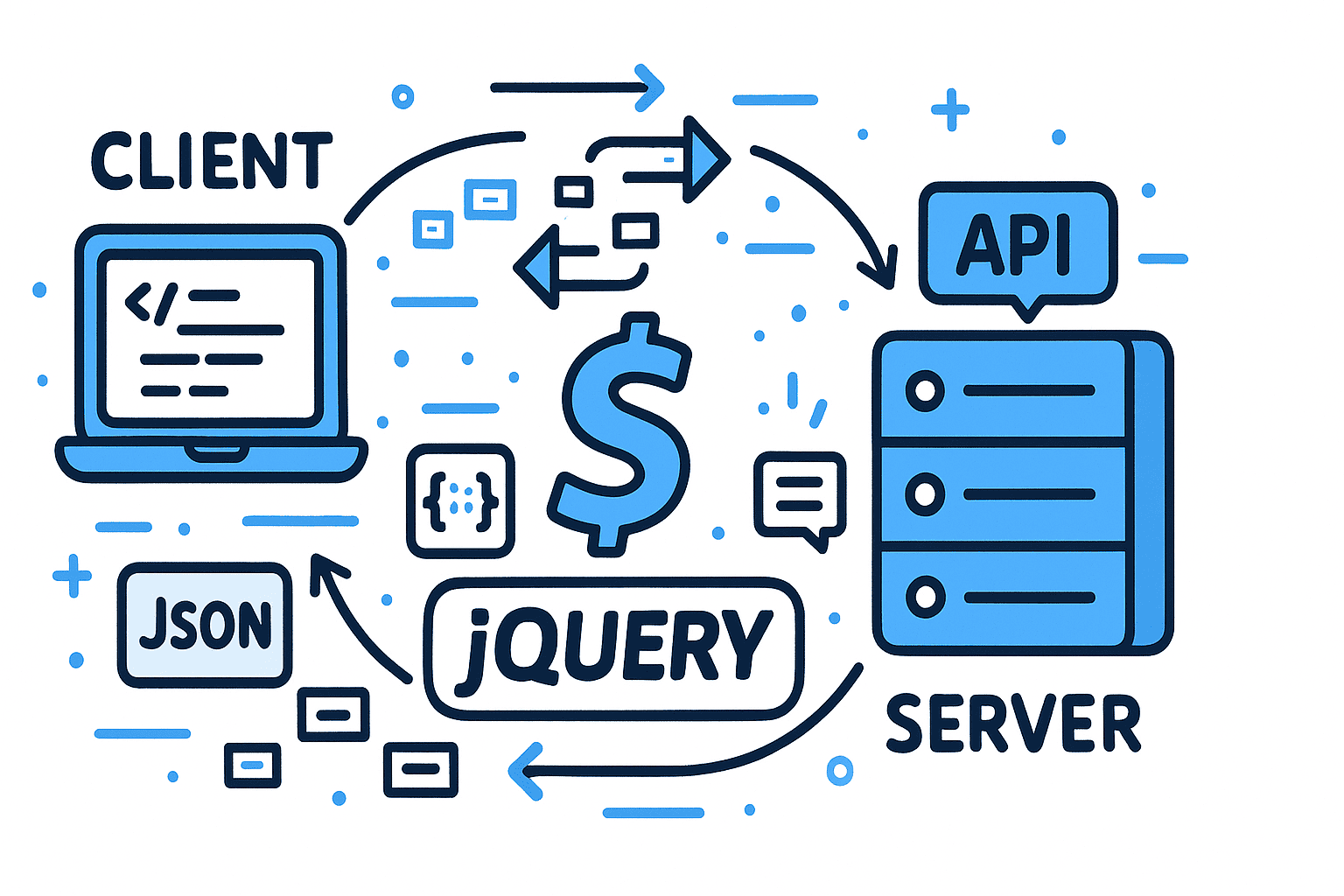
jQuery Crash Course (Part 2): Mastering AJAX with jQuery
Learn how to use jQuery AJAX in this crash course. Discover how to send GET and POST requests, handle JSON data, and dynamically update your web pages without reloading. This is Part 2 of our jQuery tutorial series.
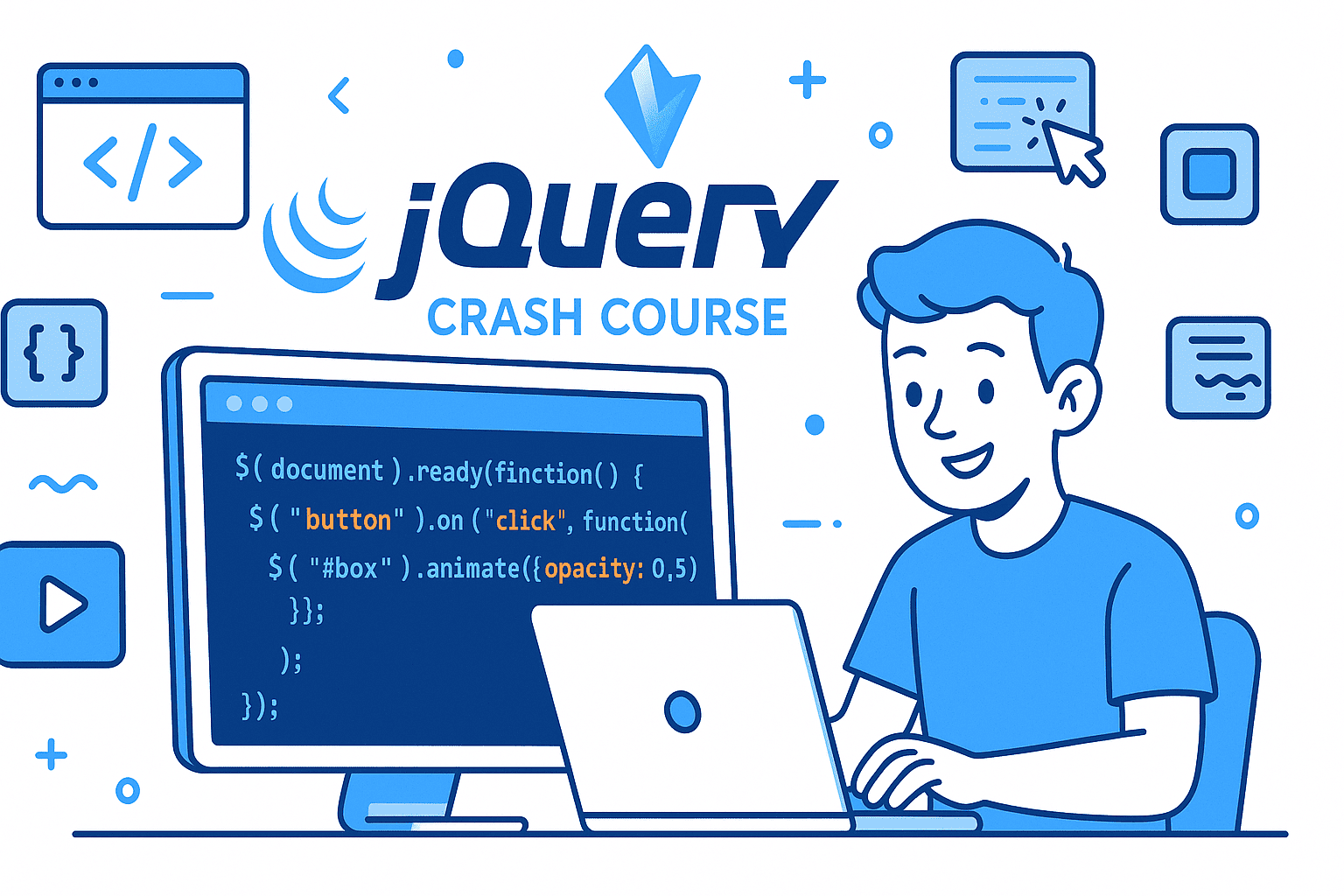
jQuery Crash Course (Part 1): Getting Started with jQuery in Modern Projects
jQuery has been around since 2006, and while modern JavaScript (ES6+) and frameworks like React or Vue dominate today’s landscape, jQuery still powers millions of websites. Its simplicity, cross-browser compatibility, and robust plugin ecosystem make it a valuable skill for developers working with legacy projects, or when you just need something quick and lightweight.
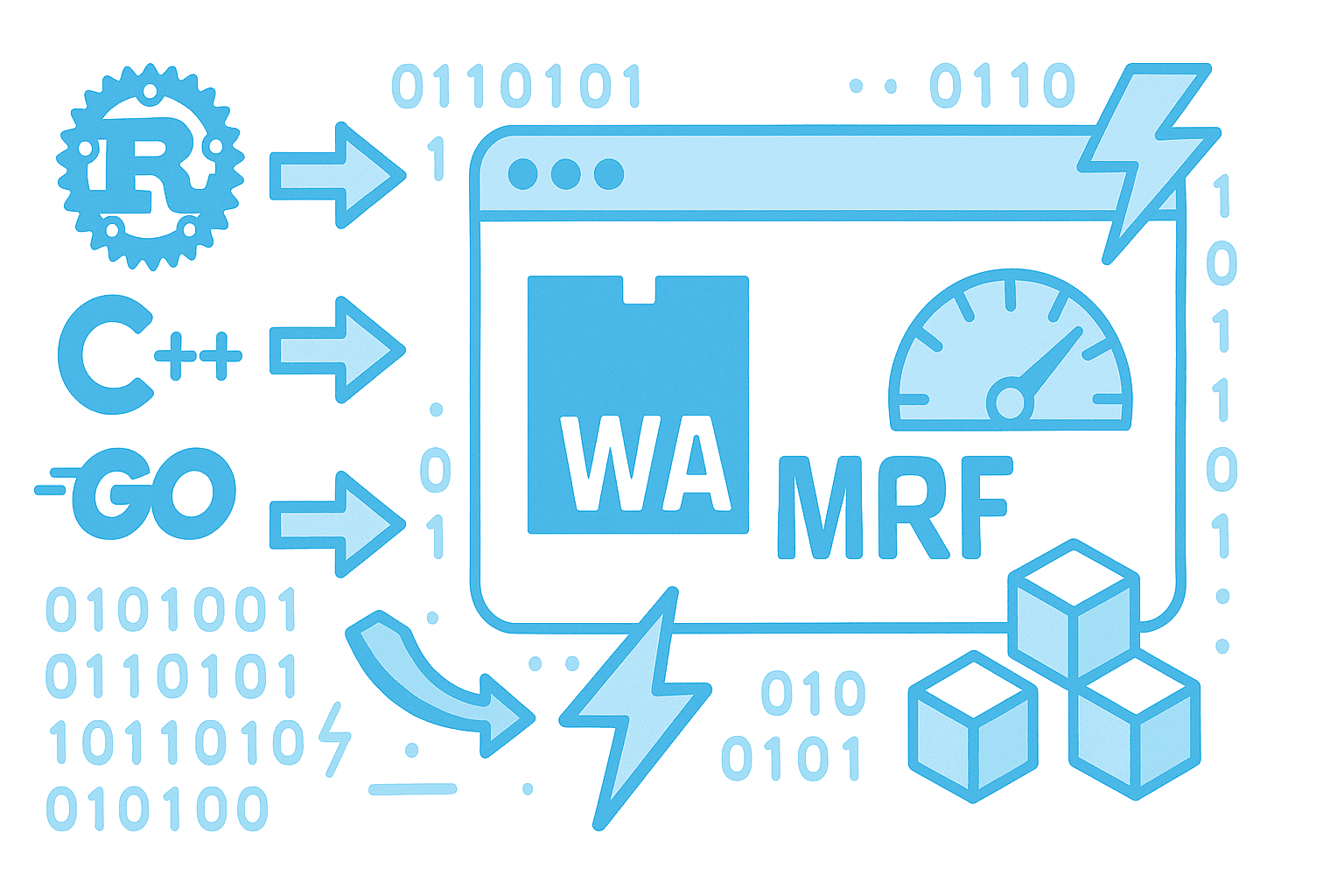
WebAssembly (Wasm): The Future of High-Performance Web Applications
The web has evolved far beyond static pages and simple scripts. Today, users demand fast, interactive, and feature-rich applications, whether it’s 3D graphics, real-time collaboration, or machine learning in the browser. However, traditional web technologies like JavaScript sometimes struggle with performance-intensive tasks. This is where WebAssembly (Wasm) steps in.
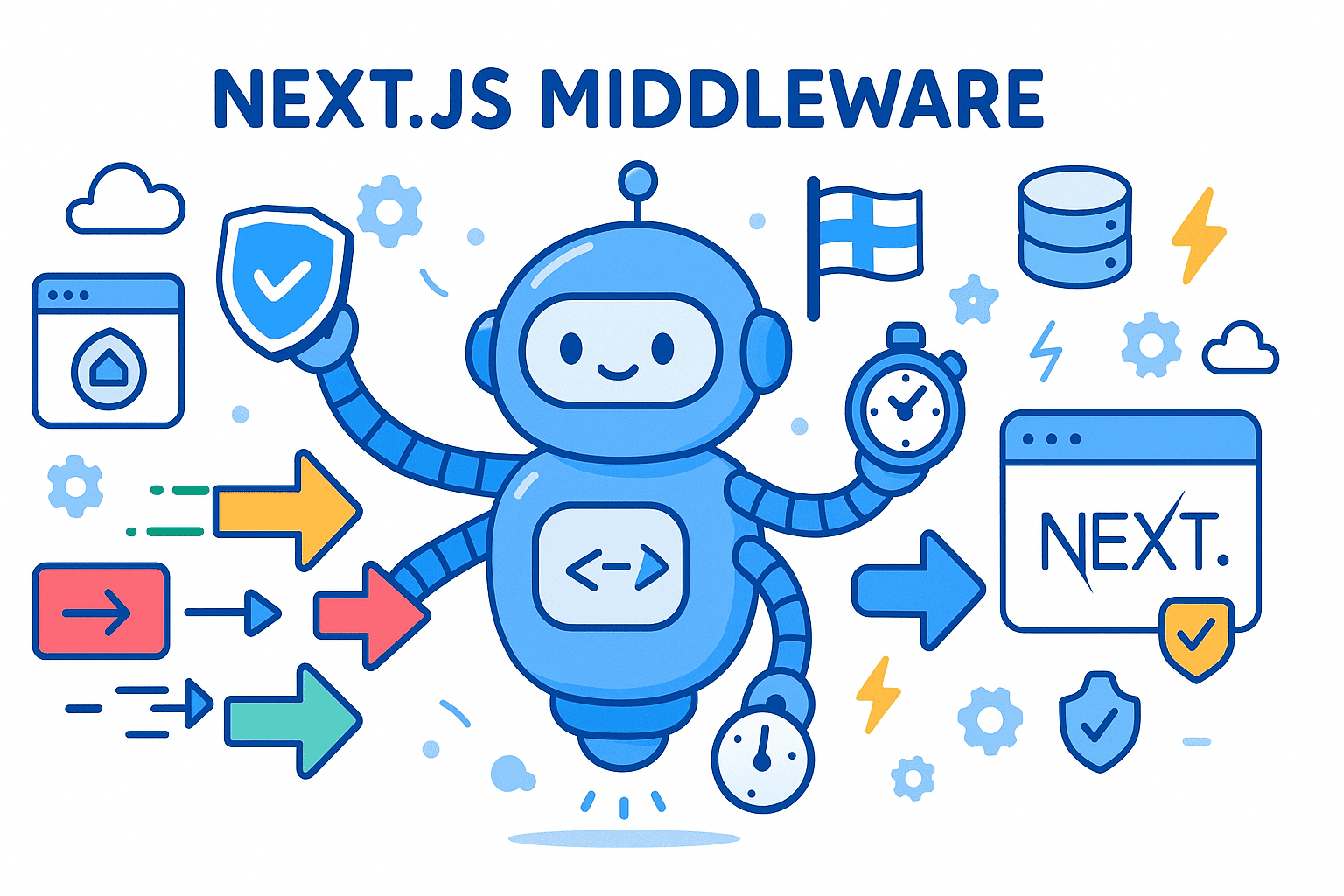
Next.js Middleware: A Developer’s Guide with Real Use Cases and Code Examples
Next.js has become the go-to React framework for building production-grade web applications. With features like file-based routing, API routes, and server-side rendering, it offers developers speed and flexibility. But one feature often underutilized (or misunderstood) is Next.js Middleware.
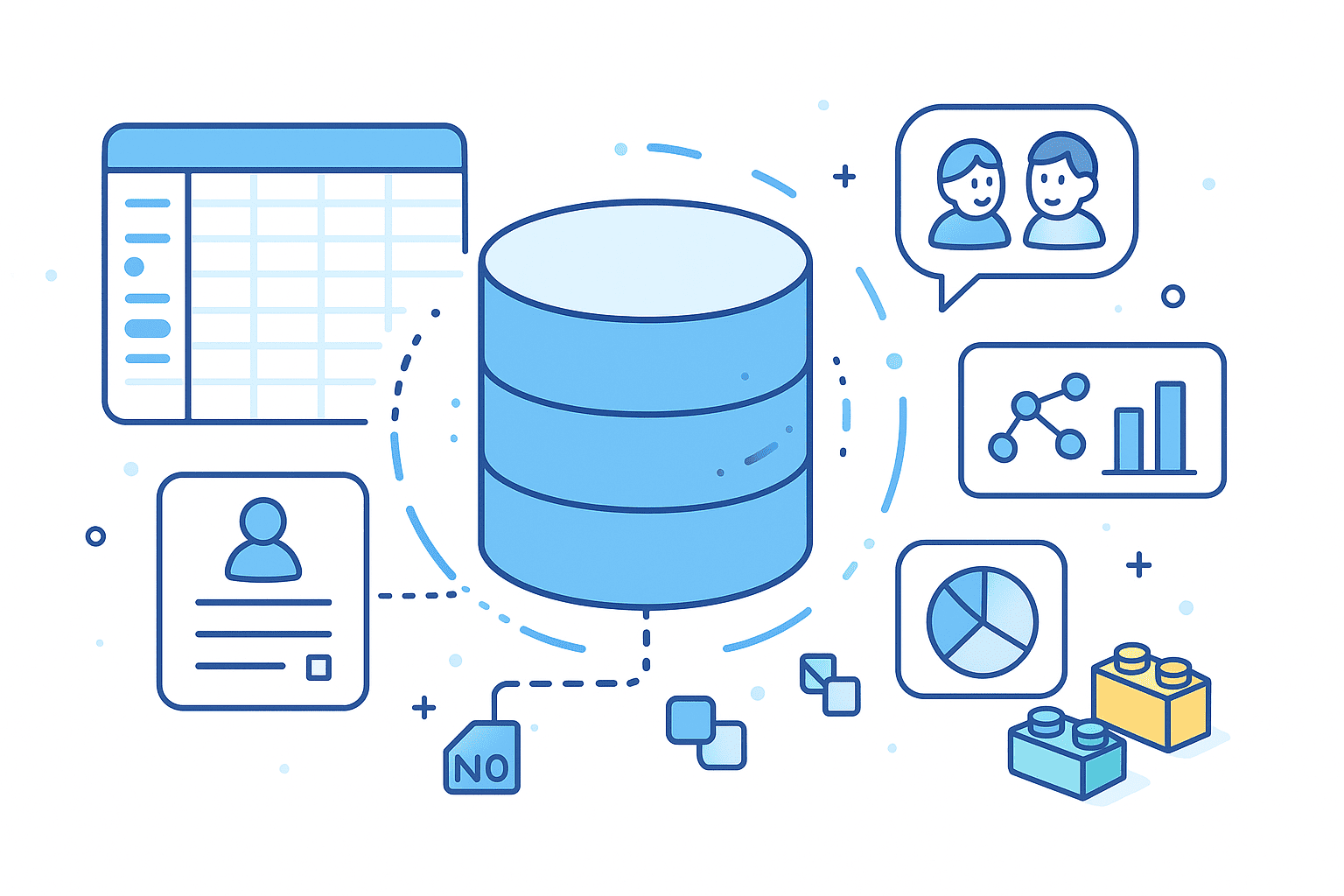
NocoDB: Turn Spreadsheets into Powerful Databases
NocoDB is an open-source no-code database platform that transforms your existing database (like MySQL, PostgreSQL, etc.) into a smart, collaborative interface with spreadsheet-style usability. With NocoDB, non-technical users can build and manage data structures, dashboards, views, automate workflows, collaborate, and generate APIs—all without writing traditional full-stack code. It also offers roles, permissions, integrations, and scripting to extend use where needed.
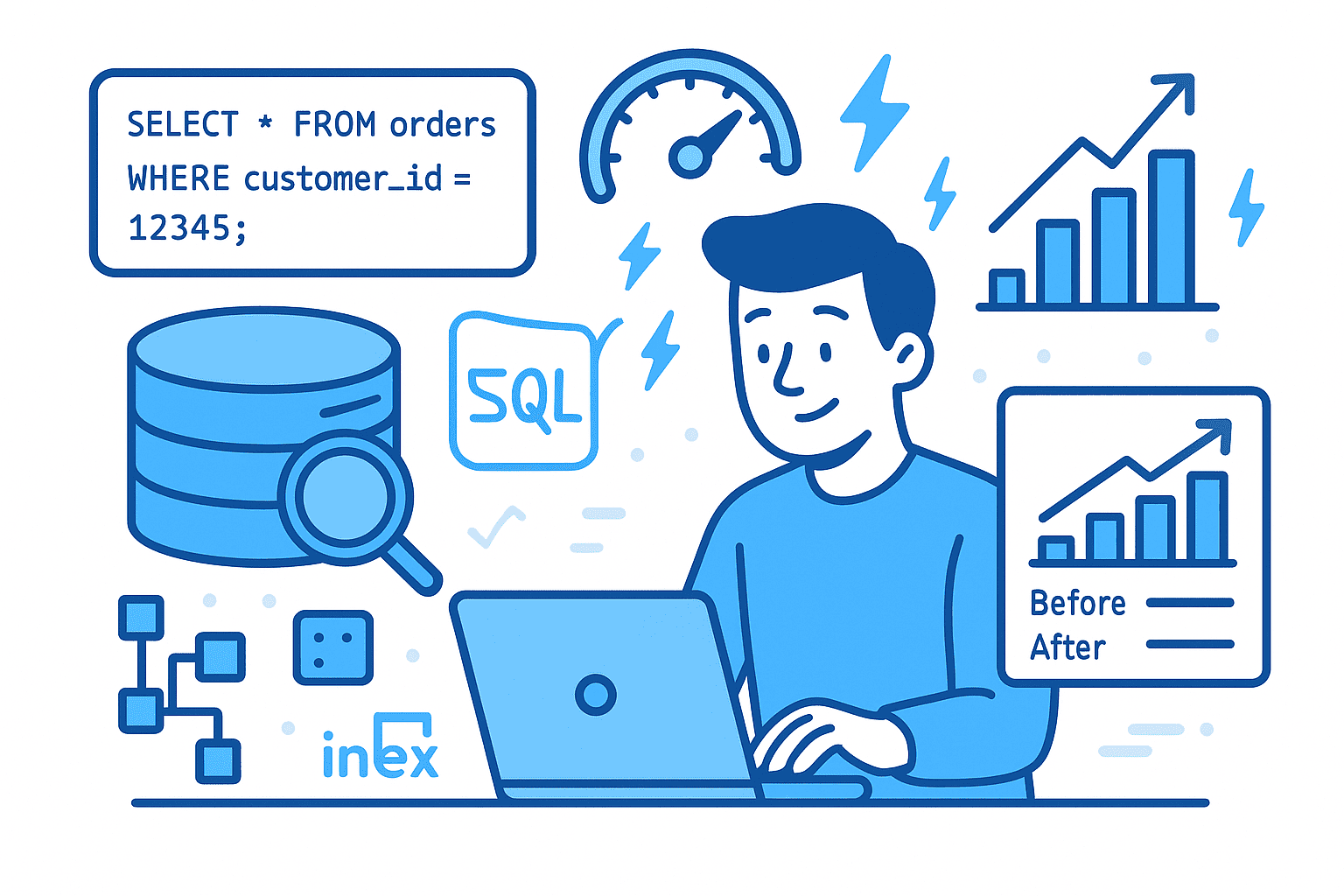
How to Optimize SQL Queries to Run Faster: A Developer’s Guide
When working with relational databases, slow SQL queries can quickly become a bottleneck for your applications. Whether you’re building APIs, dashboards, or analytics pipelines, query performance directly impacts user experience and system scalability. In this guide, we’ll break down proven SQL optimization techniques, complete with code Examples, so developers can speed up queries and reduce server load.
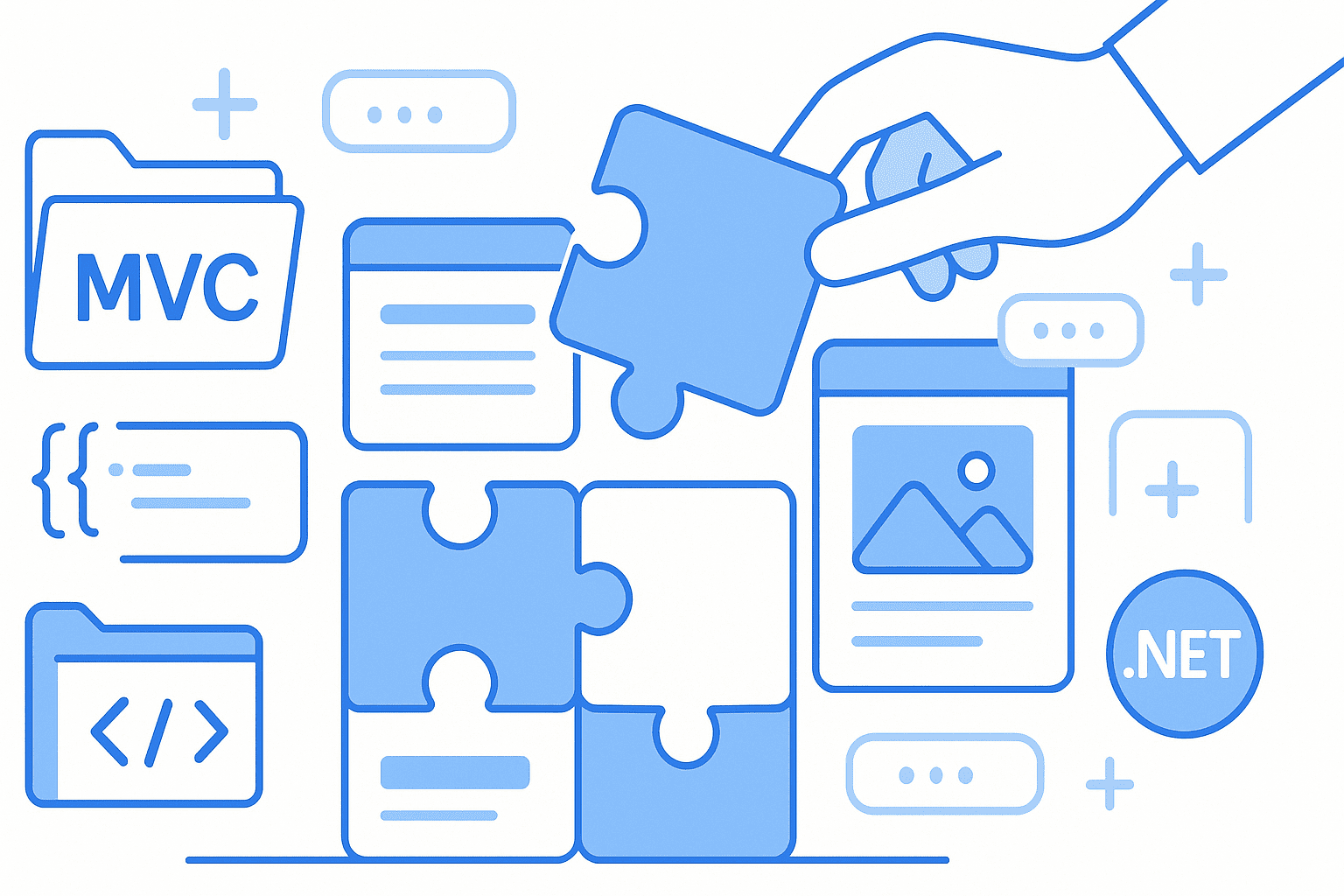
Using Partial Views in ASP.NET Core MVC
How to build reusable UI components with Partial Views, This article uses the https://github.com/Abdulkader-Safi/MVC_Components_test) repo by Abdulkader Safi as a working example.
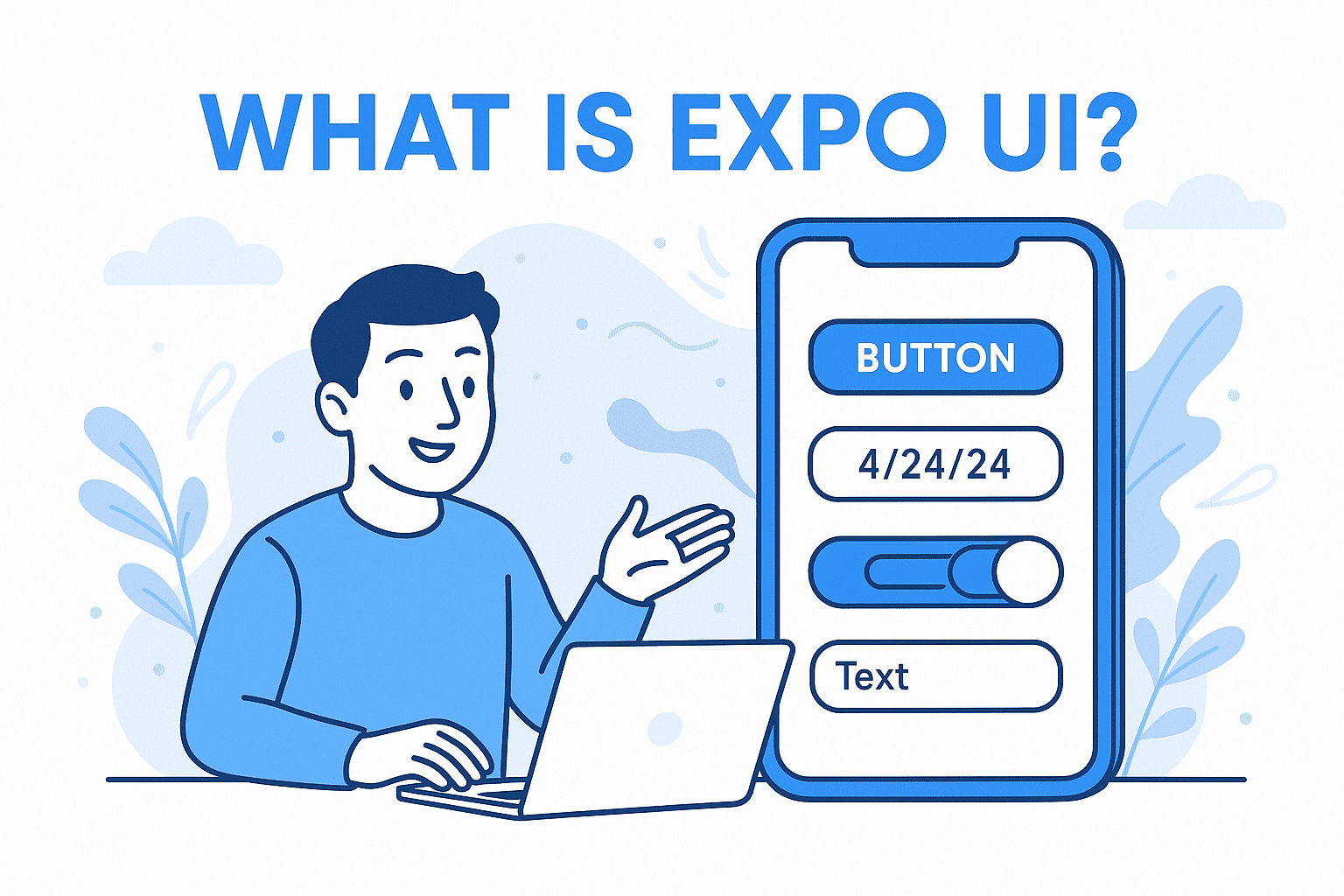
What is Expo UI?
Expo UI (package @expo/ui) is a cutting-edge library in the Expo ecosystem that provides a set of native input components enabling you to build fully native user interfaces leveraging SwiftUI for iOS/tvOS and Jetpack Compose for Android. It is currently in alpha—meaning things are actively developing, APIs may change, and it’s not yet stable. Notably, Expo Go doesn’t support Expo UI, so to try it out you’ll need to use development builds.
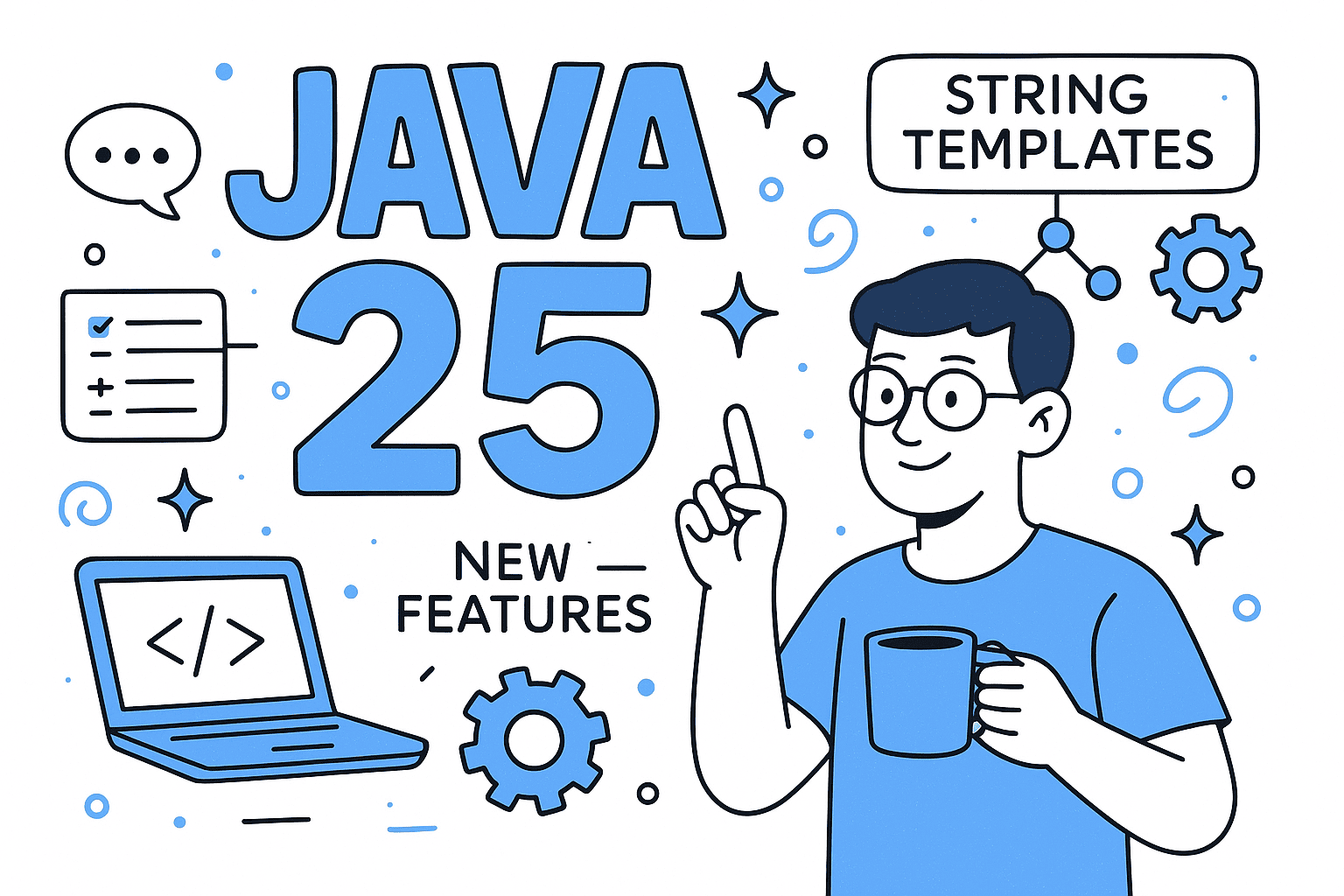
Java 25: What Developers Need to Know About the New Release
Java 25 is here, and it brings a mix of language enhancements, JVM improvements, and new APIs that developers should care about. Unlike minor updates, Java 25 continues the tradition of polishing modern Java while also laying the groundwork for performance and developer productivity.